Choosing the Right Liposuction Technique: A Comparison of Laser, Ultrasound, and Traditional Liposuction
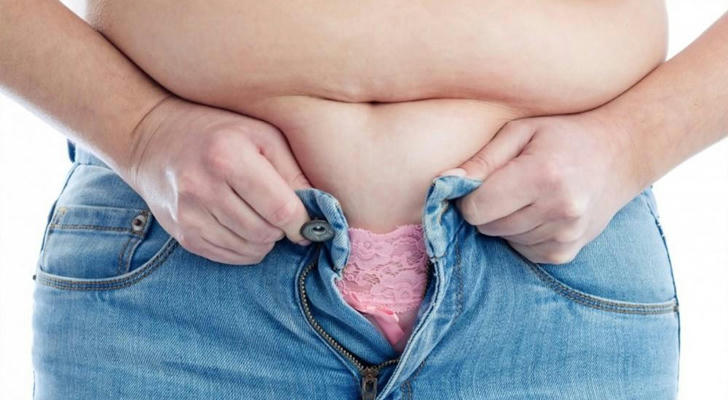
When it comes to achieving your desired body shape, liposuction offers a variety of techniques to suit different needs and goals. Among the most popular are traditional liposuction, laser-assisted liposuction, and ultrasound-assisted liposuction. Each technique has its own advantages, disadvantages, and ideal use cases. This article will help you understand the differences between these methods so you can make an informed decision about which one is right for you.
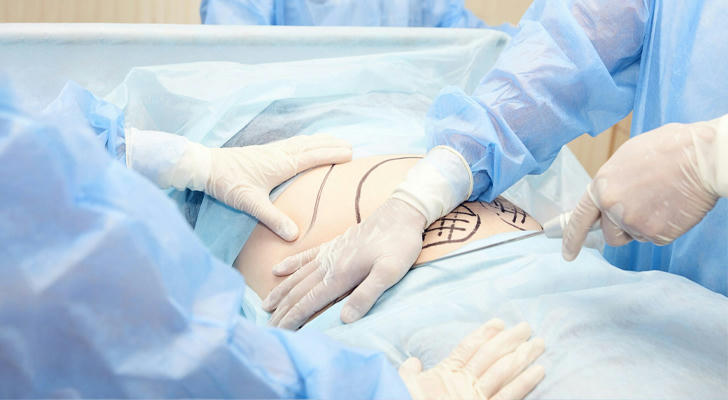
Traditional Liposuction
Overview
Traditional liposuction is the most established method and has been used for decades. It involves making small incisions in the skin and using a cannula (a thin tube) to manually break up and suction out fat cells from specific areas of the body.
Advantages
Effective for Large Fat Removal: Traditional liposuction is highly effective for removing large volumes of fat, making it ideal for individuals with significant fat deposits.
Versatile: It can be used on almost any part of the body, including the abdomen, thighs, buttocks, arms, and neck.
Proven Track Record: With decades of use, traditional liposuction has a well-established safety profile and effectiveness.
Disadvantages
Longer Recovery Time: Because it involves more physical manipulation of fat cells, traditional liposuction can result in more swelling, bruising, and a longer recovery period.
Scarring: The incisions made during the procedure can leave small scars, although these usually fade over time.
Skin Laxity: Traditional liposuction doesn’t address skin tightening, so there may be some sagging in cases where a significant amount of fat is removed, especially if the skin elasticity is poor.
Best For
Traditional liposuction is best suited for those who need to remove a large amount of fat and are not overly concerned about skin tightening. It’s also a good option for individuals who have realistic expectations about the recovery time and potential scarring.
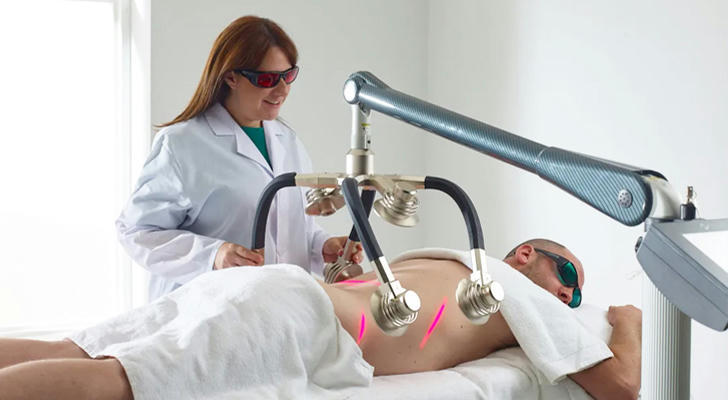
Laser-Assisted Liposuction
Overview
Laser-assisted liposuction (also known as SmartLipo) is a more modern technique that uses laser energy to melt fat before it is suctioned out. This method also has the added benefit of tightening the skin by stimulating collagen production.
Advantages
Skin Tightening: The laser energy helps stimulate collagen production, leading to tighter skin and reduced sagging, making it ideal for areas where skin firmness is a concern.
Less Invasive: The laser helps to liquefy the fat, making it easier to remove with less physical trauma to the body. This typically results in less swelling and bruising.
Quicker Recovery: Because it’s less invasive, recovery time is generally shorter compared to traditional liposuction.
Disadvantages
Limited Fat Removal: While effective for smaller areas and finer contouring, laser-assisted liposuction may not be as effective for removing large volumes of fat.
Higher Cost: The technology involved in laser-assisted liposuction can make it more expensive than traditional methods.
Specialist Required: Not all surgeons are trained in laser-assisted techniques, so it’s important to find a qualified and experienced provider.
Best For
Laser-assisted liposuction is ideal for individuals who want to address small to moderate fat deposits while also improving skin tightness. It’s particularly well-suited for areas like the neck, arms, and inner thighs where skin sagging is a concern.
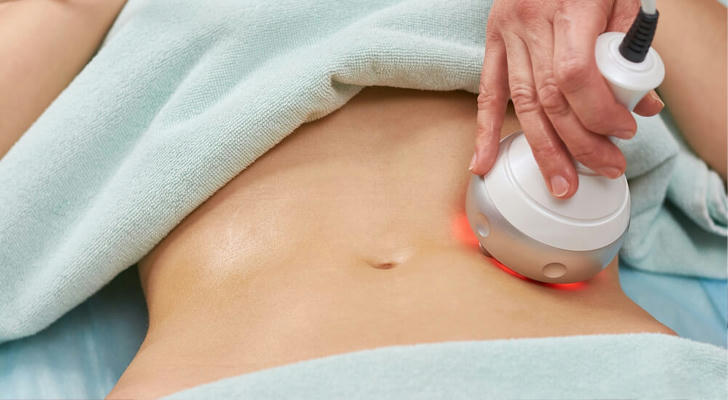
Ultrasound-Assisted Liposuction
Overview
Ultrasound-assisted liposuction (UAL), also known as VASER liposuction, uses ultrasound energy to break down fat cells before they are removed. This technique is known for being gentle on surrounding tissues while effectively targeting fat.
Advantages
Precision: Ultrasound energy allows for precise targeting of fat cells, making it ideal for sculpting and refining body contours, especially in areas with fibrous fat.
Less Tissue Damage: The ultrasound waves selectively break down fat cells without harming surrounding tissues like blood vessels and nerves, leading to less bruising and a smoother recovery.
Versatile: UAL is effective for both small and large areas, making it a flexible option for many patients.
Disadvantages
Potential for Burns: The heat generated by ultrasound energy can, in rare cases, cause burns or skin damage if not performed correctly.
Longer Procedure Time: UAL can take longer than other methods because of the additional step of applying ultrasound energy before fat removal.
Cost: Similar to laser-assisted liposuction, UAL tends to be more expensive than traditional liposuction.
Best For
Ultrasound-assisted liposuction is best for individuals who are looking for precise body contouring and have areas with dense or fibrous fat, such as the back or male chest. It’s also a good choice for those who want to minimize recovery time and tissue damage.
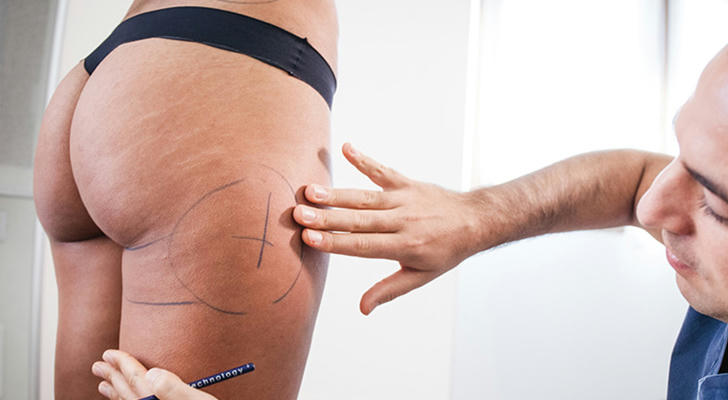
Case Study: Finding the Right Fit - Choosing the Ideal Liposuction Technique
Background
Ms. Chen, a 35-year-old marketing executive, has always been conscious of her appearance. Despite maintaining a healthy lifestyle, she struggled with stubborn fat deposits around her abdomen and thighs that would not go away with diet and exercise. Standing at 165 cm tall and weighing 65 kg, Ms. Chen wanted a more contoured and toned appearance. After researching her options, she decided to consult with a plastic surgeon to explore the possibility of liposuction.
Problem
Ms. Chen was particularly concerned about the potential for loose skin after fat removal and wanted a procedure that would offer both fat reduction and skin tightening. She also had a busy work schedule, so a quicker recovery time was essential. Cost was a consideration, but achieving her desired results was her top priority.
Solution
- Consultation and Assessment
The surgeon assessed Ms. Chen’s body type, skin elasticity, and specific fat distribution. Given her concerns about skin tightening and recovery time, the surgeon recommended a combination of laser-assisted liposuction and ultrasound-assisted liposuction.
• Laser-Assisted Liposuction: This would be used to target the fat in her abdomen, providing the added benefit of skin tightening due to the stimulation of collagen production. The laser-assisted method was chosen for this area because Ms. Chen wanted to avoid any sagging skin post-procedure.
• Ultrasound-Assisted Liposuction: This technique was recommended for her thighs, where more precision was needed to sculpt and refine her contours. The ultrasound energy would help to break down the dense fat in this area, making it easier to remove while preserving the surrounding tissues, leading to a smoother recovery.
- Procedure and Recovery Plan
• Phased Approach: The surgeon planned to perform the procedures in two phases to ensure the best results and allow Ms. Chen to recover quickly between sessions. The abdomen would be treated first using laser-assisted liposuction, followed by the thighs using ultrasound-assisted liposuction.
• Post-Operative Care: Ms. Chen was advised to wear a compression garment to support skin retraction and minimize swelling. The surgeon also provided detailed instructions on post-operative care to ensure a smooth and speedy recovery.
Outcome
The combination of laser-assisted and ultrasound-assisted liposuction allowed Ms. Chen to achieve her desired body contours with minimal downtime. Her abdomen showed significant fat reduction with tighter, smoother skin, while her thighs were well-sculpted with no visible scarring or irregularities. The phased approach ensured that each area received the focused attention it needed, leading to optimal results. Ms. Chen was able to return to work after a week with minimal discomfort and was highly satisfied with the outcome.
Conclusion
Choosing the right liposuction technique depends on your specific needs, goals, and body type. As illustrated in Ms. Chen's case, combining techniques like laser-assisted and ultrasound-assisted liposuction can provide comprehensive results, addressing both fat removal and skin tightening. Always consult with a qualified surgeon to determine the best approach for your situation.
